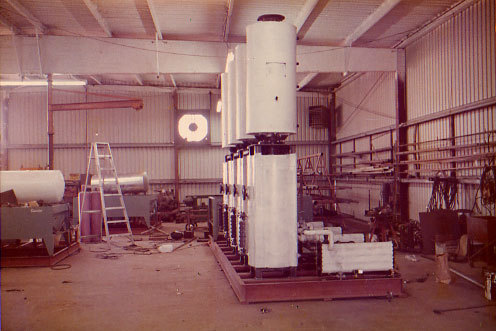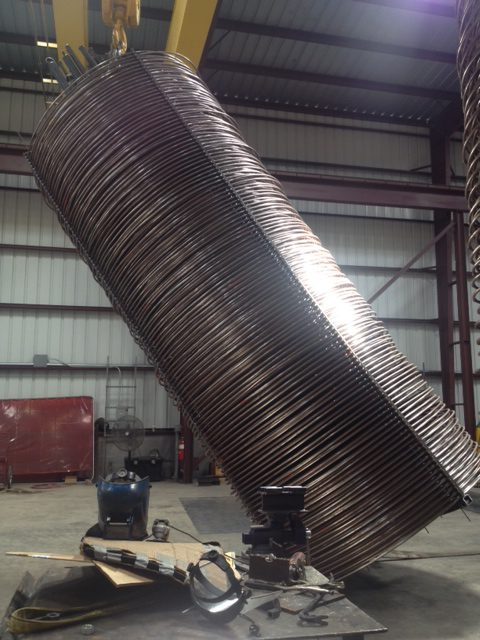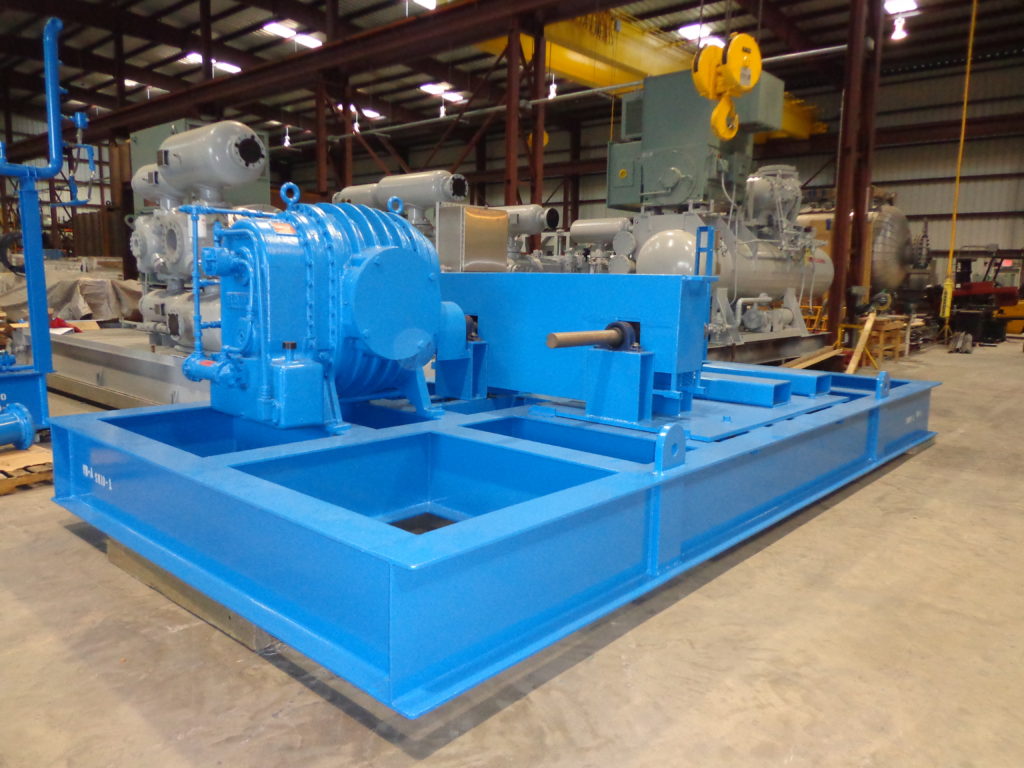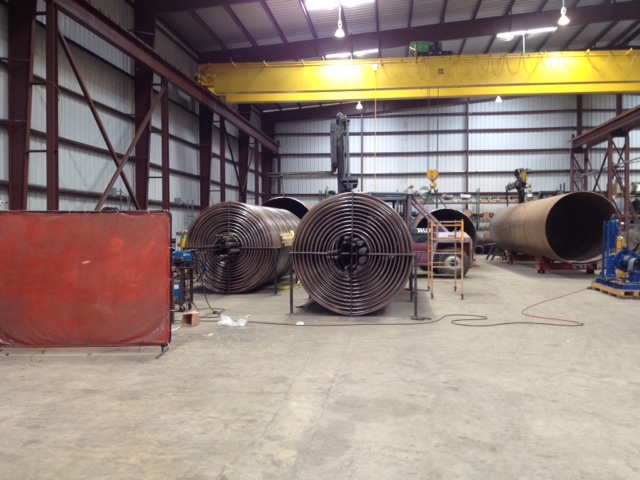
Adsorption is one of the major chemical engineering unit operations, primarily used as an alternative to distillation when the substances involved do not have a significant difference in boiling points. When a specification requires low ppm concentration in the product, adsorption is usually appropriate.
The basic process involves an on-line process feed to a solid adsorbent which can selectively adsorb chemical species from a liquid or gas based on surface tension differences, dialectrics, and pore size. As with equilibrium stages, liquid concentration and component gas partial pressures supply the driving force. For kinetic separation the relative rate of adsorption becomes the primary separation parameter, and diffusion becomes important.
An adsorption bed becomes saturated with adsorbate and requires regeneration to the original adsorption capacity. This regeneration in whatever form requires changing the direction of equilibrium movement. This can be done by lowering partial pressure using vacuum or pressure reduction, which will create lower adsorption equilibrium capacity. This can be quantified easily by looking at equilibrium curves that relate partial pressure to adsorption capacity at different temperatures.
Thermal regeneration can use the stripping action of a hot gas to supply the heat of de-sorption and a lower partial pressure for the adsorbate to move.


The systems usually are composed of multiple adsorption bed vessels that are switched between on-line, purge, and regeneration operation modes by a series of automated switching valves. The cycle switching times can vary from a few minutes to several hours depending on adsorbate concentration and feed flows. Bed sizes can be decreased significantly by shortening cycle times between the on-line and regeneration phases.

Advantages of Sep-Pro Adsorption Systems
- We have the in-house ability to run pilot studies to optimize cycle times and adsorption capacity
- Our control system is PLC-based and internally built
- As an ASME shop, we build all of our own vessels
- We can design and build using the most effective regeneration configuration, whether vacuum swing, pressure swing, or temperature swing adsorption
For more information about Sep-Pro Adsorption solutions, contact us today.
Certifications
Sep-Pro Systems, Inc. maintains certification with the American Society of Mechanical Engineers (ASME) for “U” stamped vessels and the National Board for “R” stamped repairs.

